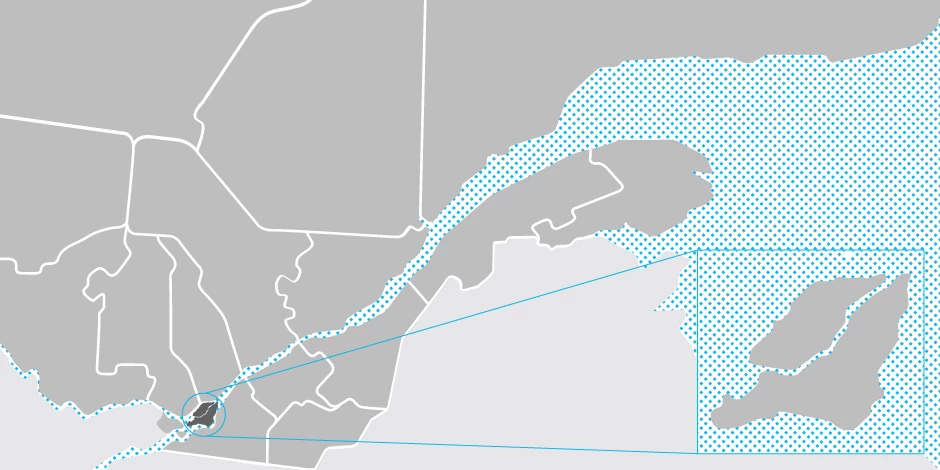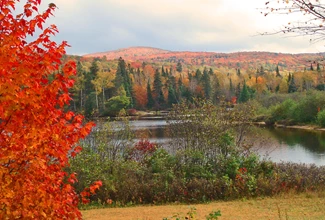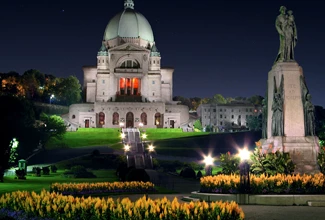Regard sur les regions
Laurentians
748 Properties
Côte-Nord
136 Properties
Bas-Saint-Laurent
396 Properties
Montreal
199 Properties
Outaouais
360 Properties
Centre-du-Québec
73 Properties
Mauricie
129 Properties
Lanaudière
736 Properties
Saguenay/Lac-Saint-Jean
795 Properties
Abitibi-Témiscamingue
10 Properties
Nord-du-Québec
24 Properties
Laval
58 Properties
Estrie
166 Properties
Montérégie
132 Properties
Quebec city and suburbs
1536 Properties
Gaspésie/Iles-de-la-Madeleine
151 Properties
Chaudière-Appalaches
597 Properties









